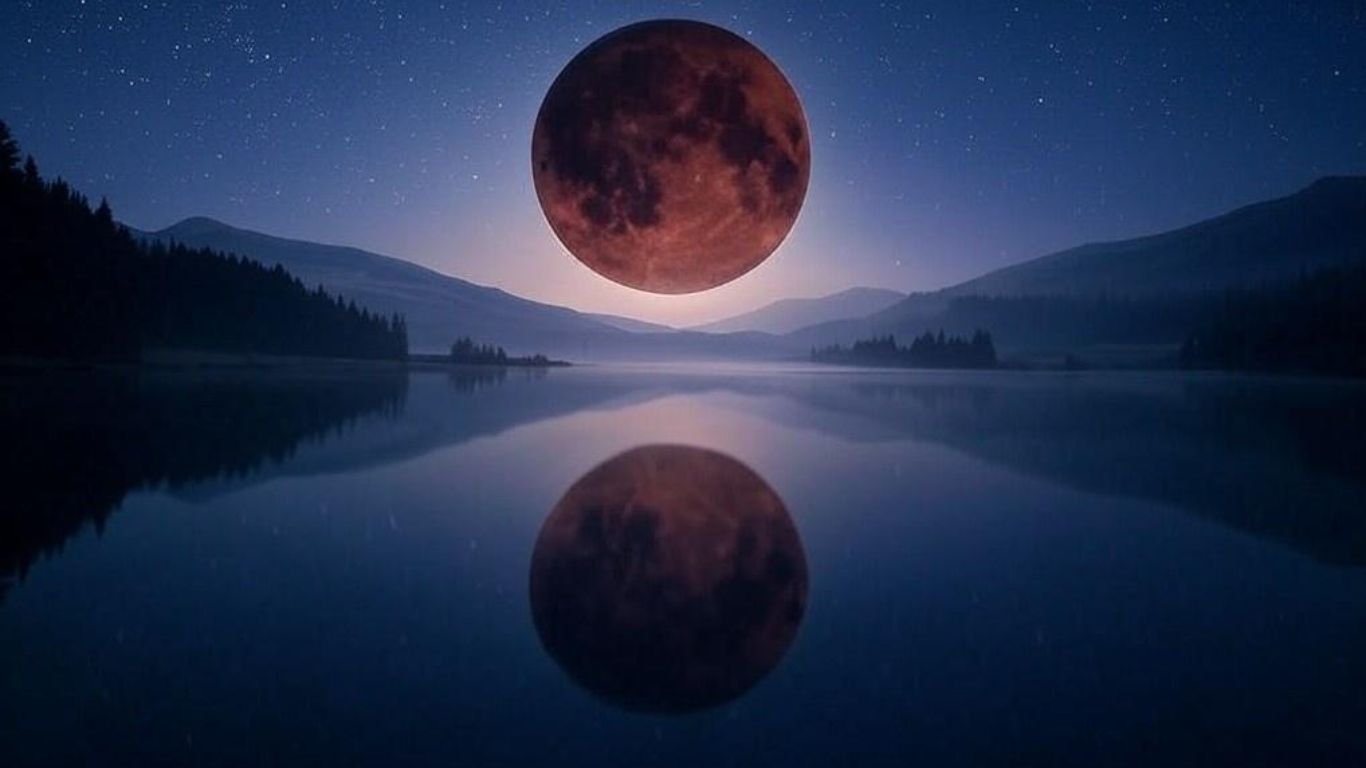The year will close with a celestial phenomenon that is sure to excite astronomers and stargazers alike. A rare Black Moon offering an excellent opportunity to observe the night sky with unparalleled clarity.
What is a Black Moon?
A Black Moon occurs when there are two new Moons in the same calendar month, a relatively rare event. During a new Moon, the illuminated side of the Moon faces the Sun, leaving its dark side facing Earth. This makes the Moon virtually invisible to the naked eye, earning it the nickname “invisible Moon.”
According to NASA, this phase happens when the Moon is positioned between Earth and the Sun. Notably, a new Moon also plays a crucial role in solar eclipses, where the Moon’s shadow falls on Earth as it crosses the Sun’s face.
Viewing Opportunities for Stargazers
New Moon nights, particularly during a Black Moon, provide ideal conditions for stargazing. With the absence of moonlight, the sky becomes darker, allowing celestial bodies to shine more brightly. This unique clarity makes it easier to spot stars, constellations, and even distant planets.
What You Can See:
- Venus: Often called the “Evening Star,” it will be visible as a bright object in the western sky.
- Saturn: Known for its iconic rings, Saturn will be a highlight for those with telescopes.
- Jupiter: The largest planet in our solar system can be spotted, and its four largest moons may be visible with binoculars.
- Mercury: This elusive planet may make an appearance for early evening viewers.
The Moon’s Journey: From Black Moon to First Quarter
After the Black Moon rises on December 30, the lunar cycle will progress as follows:
- By January 6, the Moon will reach its first-quarter phase, where half of its surface will be illuminated and visible from Earth.
Each phase of the Moon, as it transitions from new to full and back again, provides unique opportunities for celestial observations.
Tips for Observing the Rare Black Moon
- Choose a Dark Location: Head to an area far from city lights to maximize visibility.
- Bring the Right Equipment: While many objects are visible to the naked eye, binoculars or a telescope can enhance your experience.
- Check Weather Conditions: Ensure clear skies for the best stargazing experience.
- Use Stargazing Apps: Apps like Stellarium or SkySafari can help locate planets and constellations in real time.
Why This Event Matters
A Black Moon is not only a rare occurrence but also a perfect backdrop for exploring the wonders of the night sky. Whether you’re an amateur stargazer or a seasoned astronomer, this event provides a unique opportunity to connect with the cosmos as the year draws to a close.
Mark your calendars and don’t miss this extraordinary celestial event!















